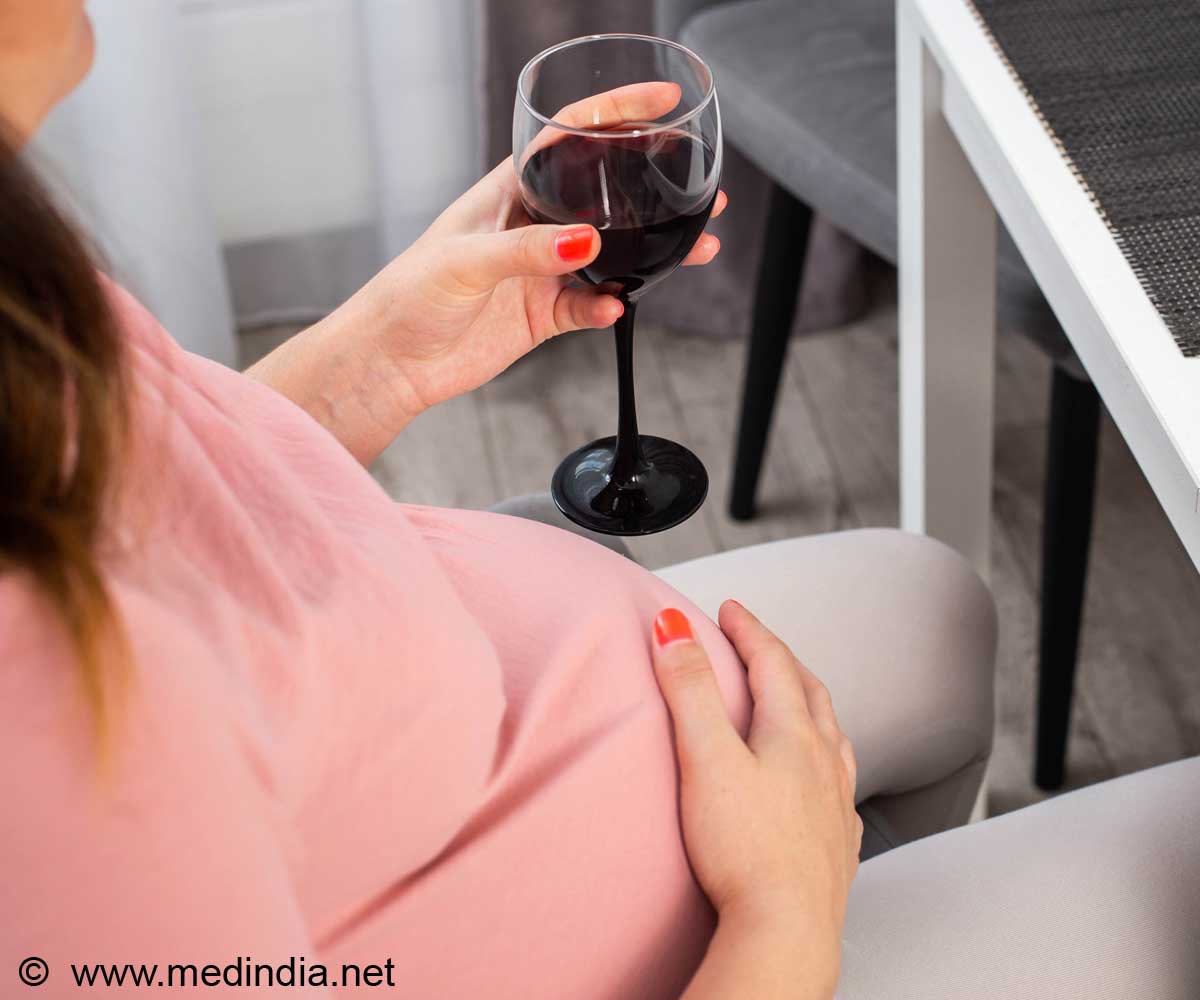Research has indicated that neonatal meconium can be used to examine gestational alcohol exposure during the second and third trimesters.

In recent years, medical professionals have begun to measure fatty acid ethyl esters (FAEEs) in meconium as a direct and reliable marker of gestational alcohol exposure during the second and third trimesters. This study extended that research – by examining prenatal exposure to alcohol in seven Italian cities through analysis of FAEEs and of a new biomarker, ethylglucuronide (EtG), in neonatal meconium samples – finding that fetal alcohol exposure is underestimated or misreported in Italy.
Results will be published in the March 2012 issue of Alcoholism: Clinical & Experimental Research and are currently available at Early View.
"When alcohol consumed by a mother reaches the fetus, it forms FAEEs," explained Simona Pichini, a senior scientist at the Istituto Superiore di Sanita in Rome as well as corresponding author for the study. "These compounds, along with ethylglucuronide (EtG), are accumulated by the fetus in meconium, which is composed of amniotic fluid, cells shed by the skin and intestinal tract, as well as other elements during the last two gestation trimesters. Meconium is expelled within the first 24 to 48 hours following birth and it can be examined to find all the toxins and xenobiotics accumulated by the fetus."
"The biggest challenge in estimating the incidence and prevalence of Fetal Alcohol Spectrum Disorder (FASD) is that maternal reports on their drinking are often not helpful, due to guilt, embarrassment, and fears of losing custody," explained Gideon Koren, director of The Motherisk Program at The Hospital for Sick Children, and also professor of pediatrics, pharmacology, pharmacy and medical genetics at The University of Toronto. "The meconium FAEE test is presently the best tool to estimate the incidence and prevalence of FASD as it has high sensitivity and specificity. Conversely, the other test suggested, meconium ethylglucuronide (EtG), is 15 years younger than meconium FAEE, and a lot of the data existing for FAEE is missing for EtG."
"This is the first time that two meconium biomarkers of different formation have been simultaneously used to establish prenatal exposure to ethanol in newborns," added Pichini.
"This was the first time fetal exposure to maternal alcohol was measured in seven cities across the Italian peninsula," said Pichini. "We found an overall prevalence of 7.9 percent Italian newborns prenatally exposed to maternal alcohol, with a large variability in the prevalence of fetal exposure in different Italian cities, ranging from zero percent in Verona in the north east to 29.4 percent in the capital. In any case, this exposure is underestimated or misreported."
Low maternal education and younger maternal age were also associated with the high biomarker scores, which did not surprise Koren. "This is a consistent finding, he said, "drinking prevalence in pregnancy correlates with lower socioeconomic status and maternal education."
Both Pichini and Koren said these findings serve as a huge wake-up call.
"In general," said Koren, "Europe has been very delayed in seeing the size of the epidemic of FASD. Europeans are proud that, unlike Americans 'they know how to drink.' Fetus wise, this is not the case. They have a huge issue that they have tended to ignore. Pichini and colleagues have very effectively shown this to them. Now, European countries need to recognize that they have a major public-health disaster on their hands."
"The message, perhaps commonplace in North America, but maybe not in the European region is: zero alcohol during pregnancy," said Pichini. "This means not only zero binge drinking or spirits, but also zero wine and beer since in some Mediterranean regions wine and beer are still considered food to be consumed everyday."
Koren agreed. "We need to embark on national campaigns to educate mothers to not drink during pregnancy if they want to protect their babies," he said. "This study should be repeated in every country. In Canada we are doing exactly this, and the Pubic Health Agency of Canada has made meconium FAEE an official screening tool for FASD."
Source-Eurekalert
 MEDINDIA
MEDINDIA




 Email
Email










